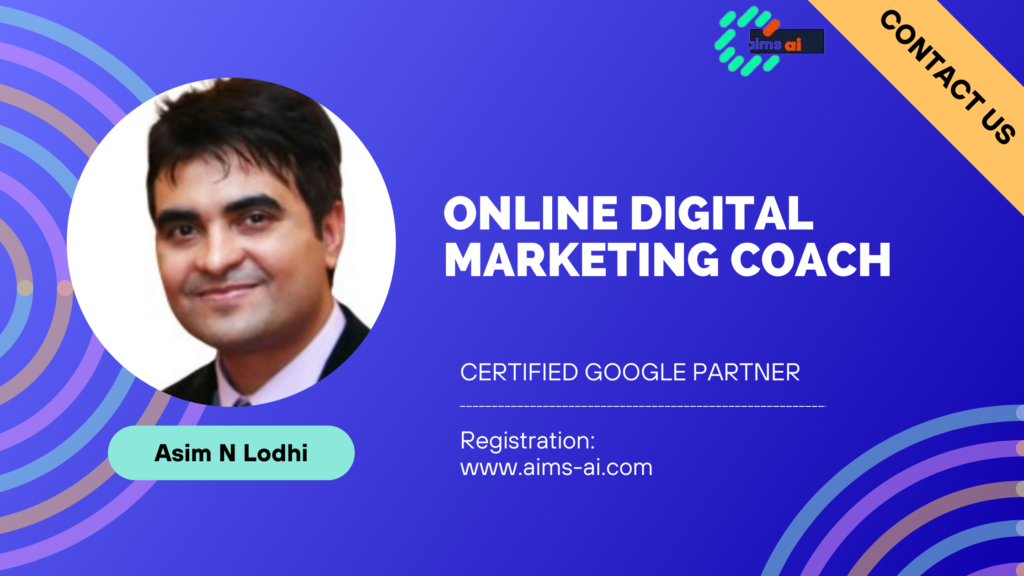In today’s digital landscape, creating compelling content is only half the battle. To ensure your work reaches the right audience, it must also be optimized for search engines. SEO (Search Engine Optimization) for content is a set of strategies that helps your articles, blogs, and web pages rank higher on search engine results pages (SERPs). This guide dives into essential SEO tactics specifically designed for content, enabling creators to boost visibility, increase organic traffic, and engage their target audience effectively.
What is SEO for Content?
SEO for content is the process of enhancing your written or multimedia content to make it more accessible and appealing to search engines like Google, Bing, and Yahoo. Effective SEO strategies revolve around making content discoverable and engaging by using targeted keywords, structuring articles with clear headers, and ensuring overall readability. Content optimization also includes improving user experience through faster page loads and mobile compatibility, both of which significantly impact SEO rankings.
Key Components of SEO for Content:
To optimize content for search engines, it’s essential to focus on several core components:
- Keyword Research
Keyword research is the foundation of any effective SEO strategy. By identifying relevant keywords—terms your audience is actively searching for—you can create content that meets their needs. Tools like Ahrefs, SEMrush, and Google’s own Keyword Planner can help you find high-impact keywords that improve your chances of ranking well on SERPs.- Content Structure
Structuring content with clear, concise headings (H1, H2, H3) and subheadings is essential for readability and SEO. Search engines prioritize content that is easy to navigate, as it tends to provide a better user experience. Breaking up your text with subheadings not only aids readability but also allows search engines to interpret and index the content more effectively.- On-Page SEO
On-page SEO elements such as meta descriptions, alt text for images, and optimized URLs contribute significantly to content visibility. Meta descriptions provide a summary of your content, encouraging users to click on your page from SERPs. Alt text ensures that images are indexed correctly and also improves accessibility for visually impaired users.- Content-Length and Quality
The length of content often affects SEO performance. Research indicates that long-form content, typically 1,000 words or more, tends to perform better in search rankings. However, content quality is equally important. Focusing on providing valuable, in-depth information builds credibility and can improve user engagement and time on page—factors that search engines take into account.- Internal and External Linking
Incorporating both internal and external links within your content enhances SEO. Internal links, which connect to other pages on your website, help users navigate through your content and enable search engines to better index your pages. External links to reputable sources, like those from Moz or Search Engine Journal, boost your content’s credibility and can improve search engine rankings by associating your page with high-quality information.
Best Practices for SEO Content Optimization:
Write for Humans First, Then for Search Engines
Google and other search engines prioritize content that adds value for users. This means your writing should be clear, engaging, and informative. Avoid keyword stuffing and use natural language to engage readers.
Optimize for Featured Snippets
Featured snippets are the answer boxes that appear at the top of Google’s search results. Structuring content to answer specific questions concisely increases the chances of being featured, improving visibility significantly. Use lists, tables, and short, factual statements to help capture snippet positions.
Mobile-Friendly and Fast-Loading Pages
Given the prevalence of mobile searches, it’s critical to ensure your content is optimized for mobile users. Google uses mobile-first indexing, meaning that mobile-friendly content often ranks higher. Additionally, improving page speed boosts user experience and SEO; tools like Google PageSpeed Insights can help identify areas for improvement.
Use Multimedia Elements
Engaging visuals, videos, and infographics enhance user engagement and reduce bounce rates. However, remember to use descriptive alt tags for all images and compress files to maintain page speed.
Regularly Update Content
Fresh, up-to-date content signals relevancy to search engines, potentially boosting rankings. Reviewing and updating older content with new information, updated statistics, and improved readability can be a valuable SEO tactic.
Measuring Success: Key SEO Metrics for Content:
To gauge the effectiveness of your SEO strategies, it’s essential to monitor key performance indicators (KPIs) such as organic traffic, bounce rate, and average session duration. Tools like Google Analytics provide insights into these metrics, helping you understand user behavior and refine your SEO strategy over time.
Conclusion:
SEO for content is a powerful tool that allows creators to enhance their reach and visibility in an increasingly competitive digital space. By focusing on keyword research, structured content, on-page SEO, and consistent updates, you can create content that is not only engaging but also optimized for search engines. Employing these best practices not only drives organic traffic but also builds authority and trust with your audience over time.
